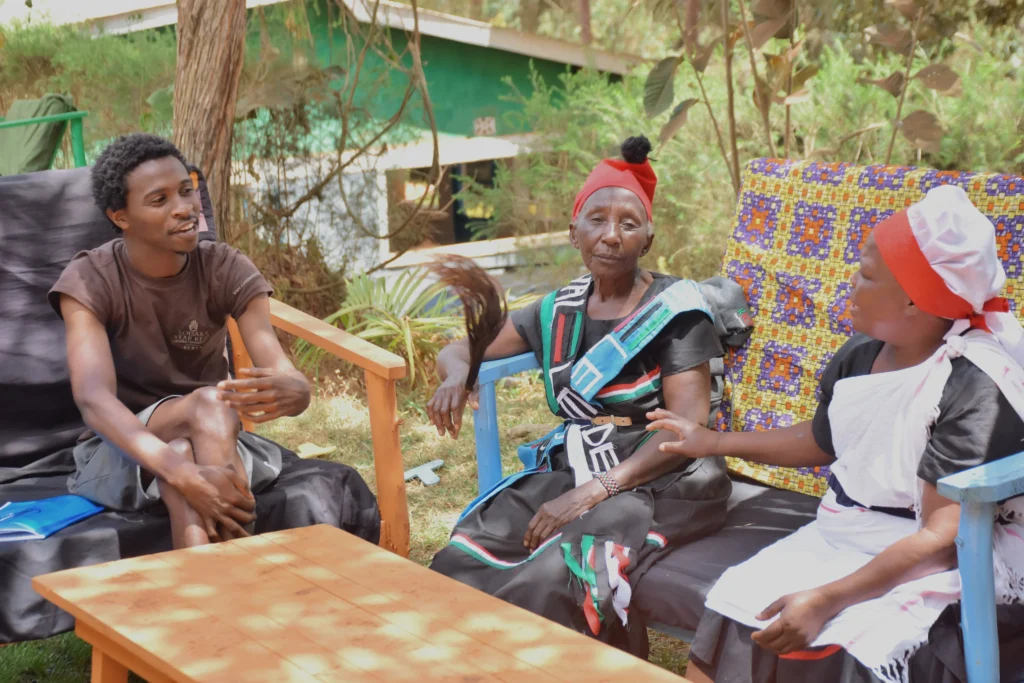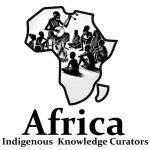Long before modern medicine recognized music therapy as a legitimate healing practice, African communities had developed sophisticated systems of musical healing that integrated rhythm, melody, and community participation to address physical, emotional, and spiritual ailments. These weren’t casual musical experiences—they were precise therapeutic interventions based on deep understanding of how sound affects human consciousness and well-being.
The Science Behind Sacred Sounds
Traditional African healing music operates on principles that modern neuroscience is only beginning to understand. Specific rhythmic patterns, vocal techniques, and instrumental combinations are used to induce altered states of consciousness that facilitate healing processes. These musical prescriptions are as carefully crafted as any pharmaceutical intervention, with different combinations used for different conditions.
Healers in traditions across Africa—from the Gnawa musicians of Morocco to the Shona healers of Zimbabwe—maintain detailed knowledge of which musical elements produce specific therapeutic effects. Certain drum rhythms are known to reduce anxiety, particular vocal techniques help process grief, and specific melodic patterns facilitate spiritual connection and emotional release.
Community as Healing Instrument
One of the most distinctive aspects of African musical healing is its recognition that community participation is essential to the therapeutic process. Unlike Western models that often isolate patient and practitioner, African musical healing creates collective experiences where the entire community becomes part of the healing intervention.
In traditional healing ceremonies, community members don’t just observe—they actively participate through singing, dancing, clapping, and instrumental accompaniment. This collective participation creates therapeutic environments that address not just individual ailments but community-wide issues like conflict resolution, social cohesion, and collective trauma processing.
Rhythmic Prescriptions for Specific Conditions
Traditional healers maintain sophisticated understanding of how different rhythmic patterns affect various conditions. Fast, driving rhythms might be used to energize someone suffering from depression, while slow, repetitive patterns help calm anxiety and promote deep relaxation. Complex polyrhythmic arrangements are often used for more complicated conditions that require multiple therapeutic approaches.
The timing and duration of these musical interventions are also carefully controlled. Healing sessions might last for hours, with different musical phases designed to move participants through specific emotional and spiritual states. The progression from initial invocation through intensive therapeutic work to final integration and closure follows established patterns that have been refined over generations.
Vocal Healing and Spiritual Release
African musical healing traditions make extensive use of vocal techniques that facilitate emotional and spiritual release. Call-and-response patterns create safe spaces for expressing difficult emotions, while repetitive chanting helps participants enter meditative states where healing can occur.
Many traditions include specific vocal techniques for processing trauma—allowing participants to express pain, anger, grief, and fear through sound rather than words. These vocal releases often occur within the safety of community support and musical structure, providing both emotional outlet and social container for difficult experiences.
Instrumental Wisdom
Different instruments in African healing traditions are understood to have specific therapeutic properties. Rattles and shakers help release stagnant energy, drums provide grounding and stability, stringed instruments facilitate emotional expression, and wind instruments support breathing and spiritual connection.
Master healers often spend years learning not just how to play these instruments, but how to use them therapeutically. They understand which combinations of instruments work best for different conditions, how to adjust musical parameters based on patient response, and how to integrate instrumental music with other healing modalities like herbs, massage, and spiritual counseling.
Integration with Other Healing Practices
Musical healing in African traditions rarely occurs in isolation but is integrated with other therapeutic approaches including herbal medicine, spiritual counseling, bodywork, and ceremonial practices. Music provides the framework that holds these different healing modalities together, creating coherent therapeutic experiences that address the whole person.
This integrative approach recognizes that healing involves not just treating symptoms but restoring balance to all aspects of human experience—physical, emotional, mental, and spiritual. Musical healing provides the container within which this comprehensive restoration can occur.
Modern Validation and Application
Contemporary research is confirming many of the therapeutic principles that African musical healing traditions have long recognized. Studies show that specific rhythmic patterns can indeed affect brain states, that group musical activities strengthen social bonds and improve mental health, and that active musical participation has powerful therapeutic benefits.
Some modern healthcare settings are beginning to incorporate elements of African musical healing into their treatment programs, particularly for conditions like PTSD, depression, and addiction where community support and alternative therapeutic approaches can be especially beneficial.
Preserving Healing Wisdom
At AFIKC, we’re working with traditional healers to document these sophisticated musical healing systems before they’re lost. This preservation work requires deep cultural sensitivity, as many healing traditions include sacred elements that must be handled with appropriate respect and protection.
Our documentation efforts focus not just on recording the music but on understanding the complete healing systems—the cultural contexts, the diagnostic methods, the therapeutic protocols, and the training processes that produce effective musical healers.
Lessons for Global Wellness
African musical healing traditions offer valuable insights for addressing contemporary health challenges that conventional medicine struggles to treat effectively. These traditions demonstrate that healing can be joyful, community-centered, and empowering rather than clinical, isolated, and disempowering.
As we face epidemics of depression, anxiety, addiction, and social isolation, African musical healing traditions suggest alternative approaches that strengthen community bonds while addressing individual suffering. These traditions remind us that true healing often requires not just treating the individual but strengthening the social and spiritual fabric that supports human well-being.
In preserving these musical healing traditions, we’re maintaining access to profound wisdom about the relationship between sound, community, and healing that could contribute to more effective and humane approaches to healthcare in our interconnected world.




